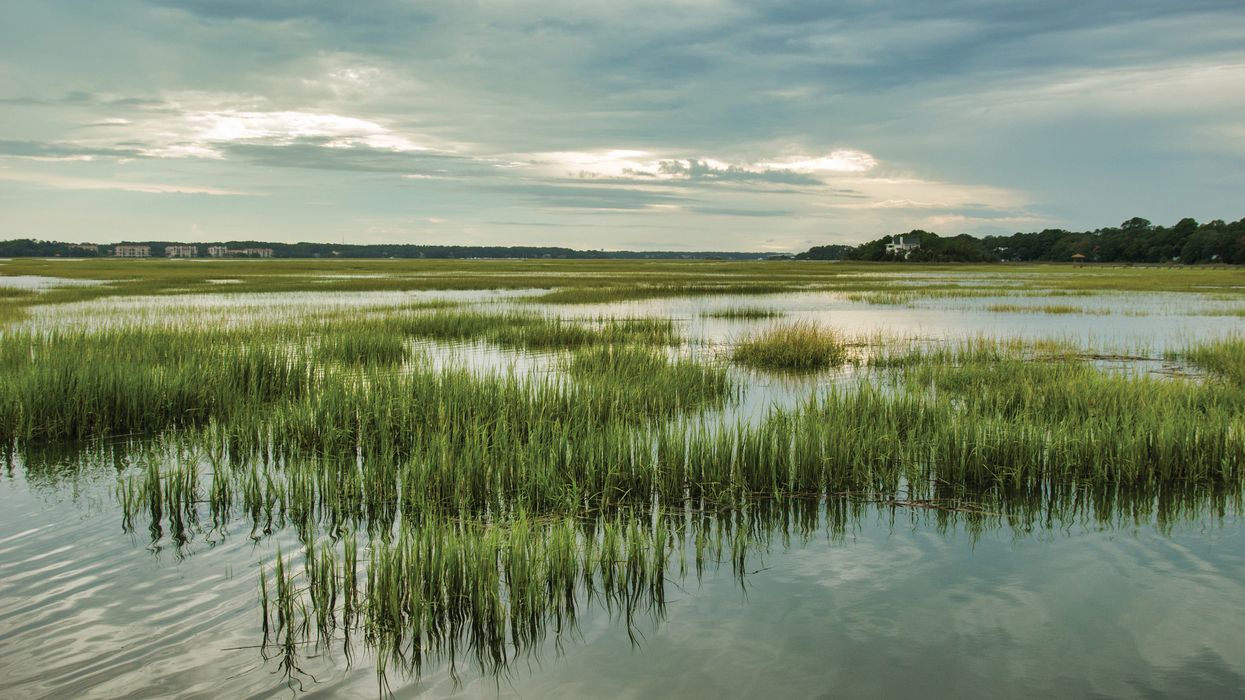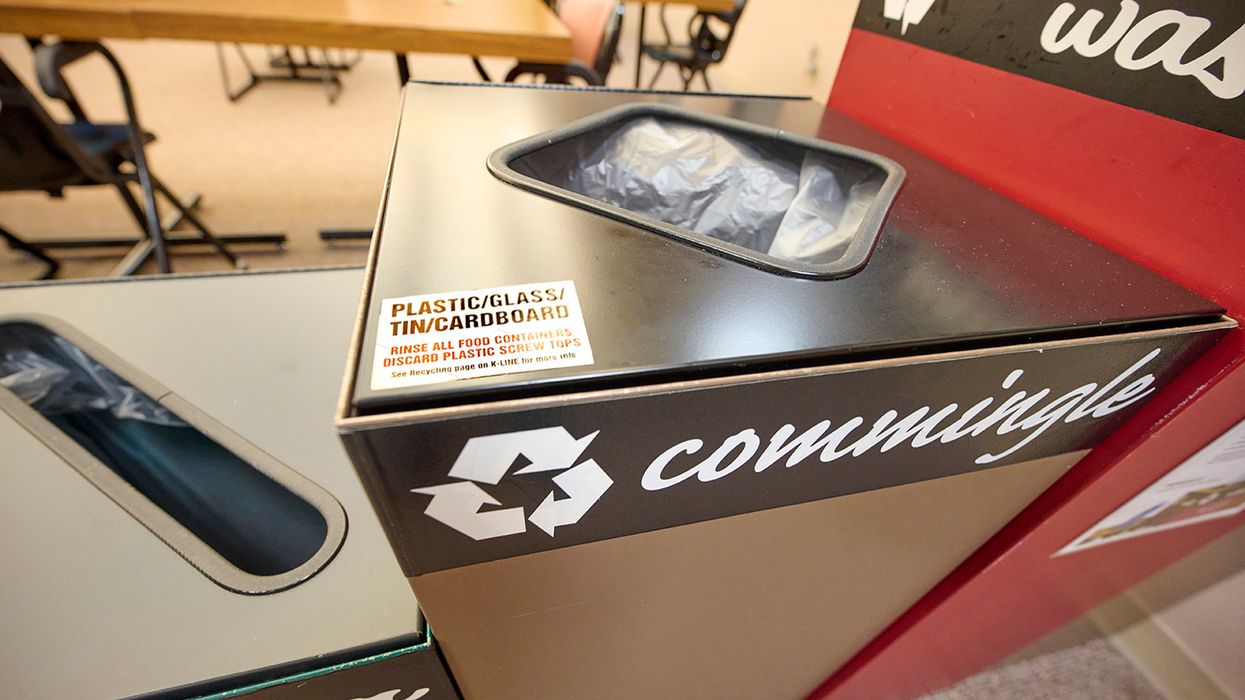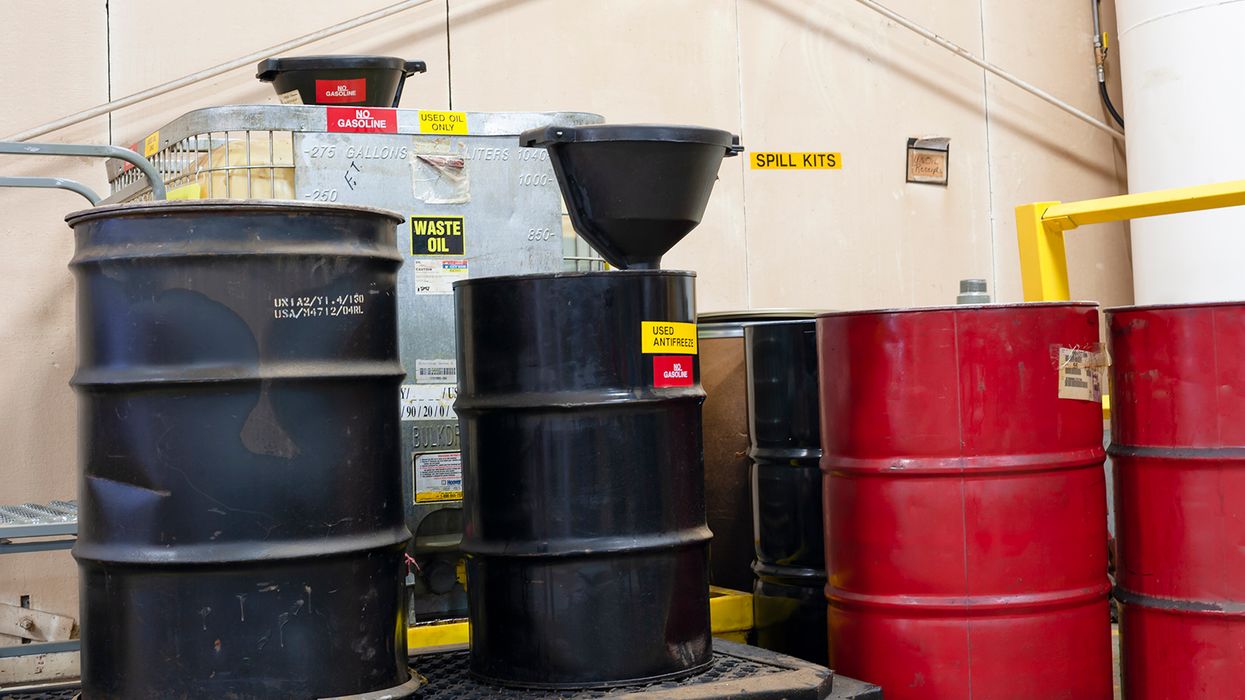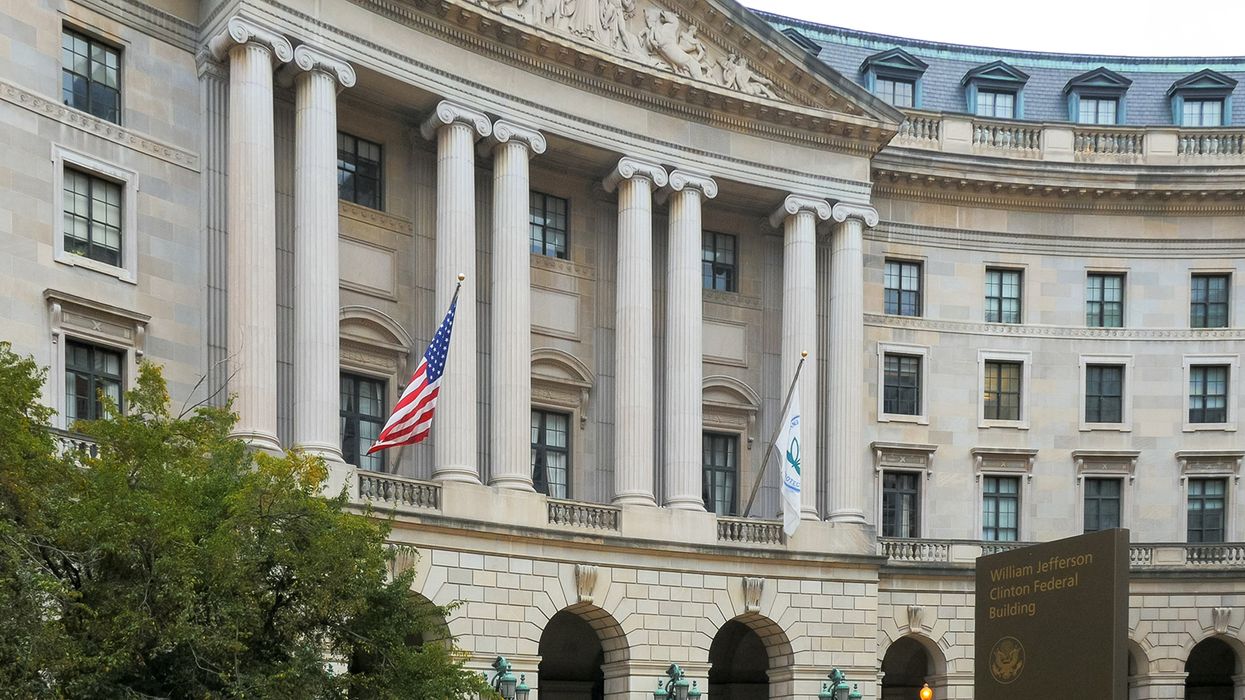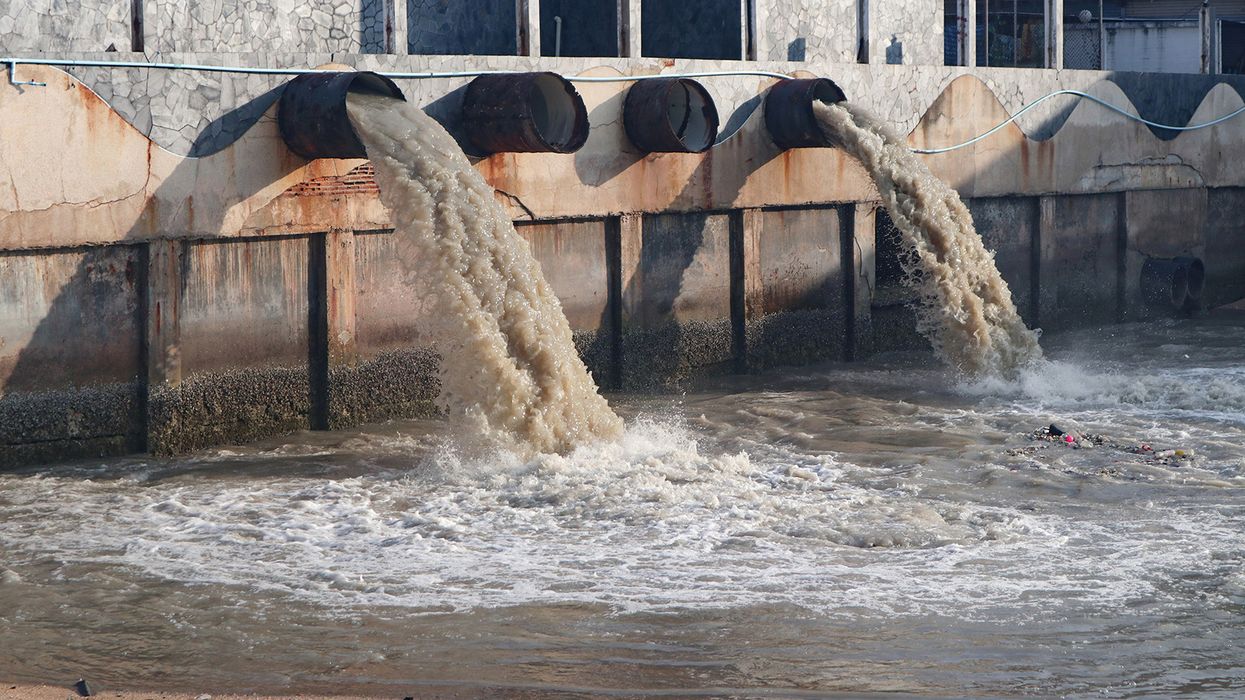The Supreme Court’s latest ruling changes the way wetlands are regulated
Adjacent wetlands have been a topic of dispute for decades. The recent finding by the U.S. Supreme Court changes the way these wetlands have been regulated for the last fifty-one years. In the case brought against the EPA by private landowners, the justices all agreed that the agency overstepped their authority regulating the adjacent wetlands on the landowners’ property.
The ruling requires that the adjacent wetland be a permanent body of water directly connected to traditional navigable waters. It must also have a constant surface connection with that water body to be regulated. Justice Alito who wrote for the court’s majority stated that for federal jurisdiction to apply for wetlands they must be indistinguishable.
The court claims that the ruling will offer more clarity and reliability for permitting. This decision lowers the number of wetlands subject to federal law. However, it is possible that we might see increased state laws for these non-covered water bodies. States may choose to apply more stringent laws for wetlands not covered by the Clean Water Act (CWA).
Background
The landowners are located near Priest Lake, Idaho. They were preparing the land to build a home when the EPA advised that their land had wetlands counted as waters of the United States. According to the agency, by backfilling their lot without a permit, they were in violation of the CWA. The agency claimed that the wetlands on their property were adjacent to an unnamed tributary. A significant nexus was made between the landowners’ lot and a larger wetland the agency viewed as similarly situated.
Waters of the United States (WOTUS)
The 1972 amendments to the Clean Water Act established federal authority over navigable waters, defined in the Act as the waters of the United States. This includes traditional navigable waters (e.g., certain large rivers and lakes), territorial seas, and interstate waters. The WOTUS rule provides a practical approach for upstream waters that may affect the quality of downstream waters that Congress intended to protect. It recognizes regional and geographic differences. And allows for regionally specific tools to be used to help decide which waters are covered.
The courts also considered the extent of WOTUS in a 2006 case. In the 2006 case, Justice Kennedy stated that the Army Corps of Engineers (Corps) must establish a significant nexus between wetlands and adjacent non-navigable tributaries on a case-by-case basis if the wetlands were to be regulated. In the final rule the determinations for adjacent waters, tributaries and additional waters used a long-established approach of applying the relatively permanent standard and the significant nexus standard. This recent ruling determined that nexus standard no longer applies.
Recent court ruling
The court’s decision in their recent ruling was unanimous. All the justices agreed that the EPA did not have authority over the landowner’s property. However, their reasoning differed. The majority denied the significant nexus test, citing it as incompatible with the structure of the CWA. They determined that the common meaning of the term “waters” in the CWA did not appear to include wetlands. However, they concluded that the adjacent wetlands must be indistinguishable from WOTUS to be regulated. This means that they must have a continuous surface connection to traditional waters even if they are temporarily interrupted by phenomena like low tides or dry spells.
Four other justices raised concerns with the majority’s requirement that wetlands have a continuous surface connection to WOTUS. Stating that the new interpretation narrows the scope from adjacent wetlands to that only of adjoining wetlands.
Adjoining wetlands include only those that are bordering and contiguous. While adjacent wetlands include both adjoining wetlands and those separated by physical features such as dikes and berms.
What does this new ruling mean for my business?
This new ruling increases the number of wetlands now outside of the CWA authority. The EPA and Corps have not provided direction on how they will implement changes from the ruling. Until additional guidance is provided industries with potential wetland impacts should proceed carefully and seek early consultation with both federal and state agencies.
Key to remember: The decision by the U.S. Supreme Court in is a significant ruling that changes the way wetlands have been regulated for the last fifty-one years. The result is an increased number of wetlands now outside of the CWA authority.

